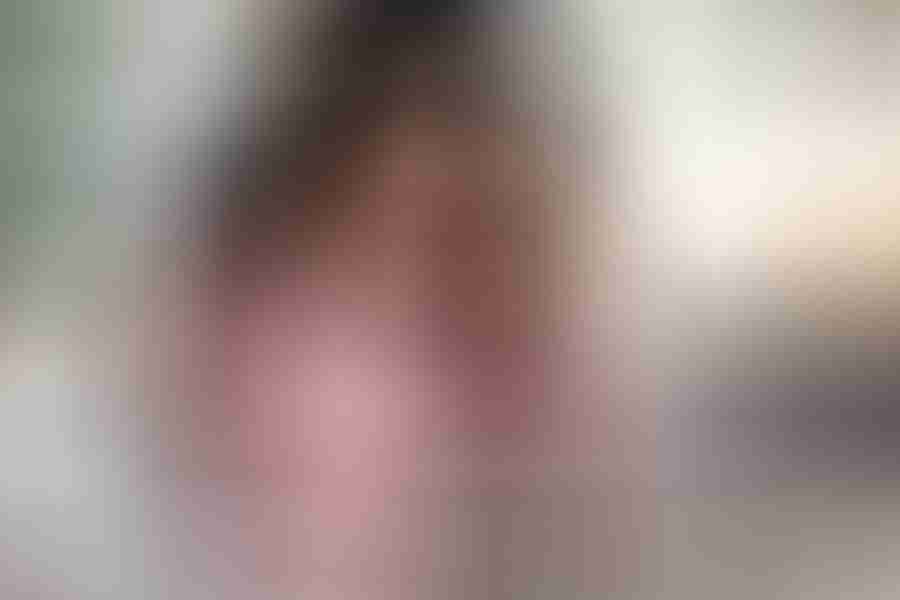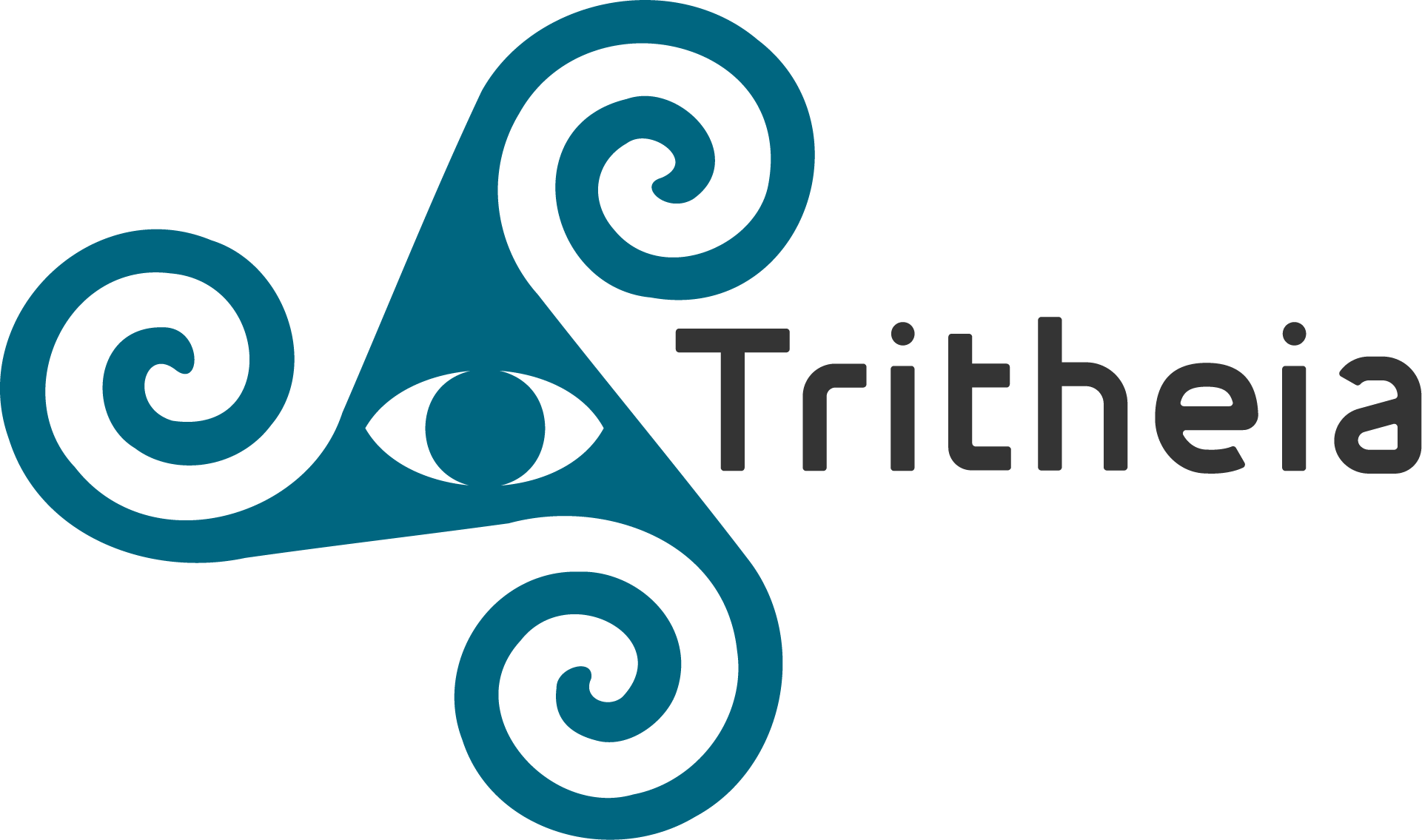Other Signs of Vision Issues
Head Tilting
If a child is suffering from a refractive error or amblyopia, they may tilt their head in order to realign their eyes and see better. This can be done both consciously and unconsciously.
Poor Handwriting
A number of vision issues can lead to poor handwriting, as this requires both the eyes being focused properly and hand-eye coordination.
Difficulty Copying from the Board
Copying from the board requires a variety of visual skills such as visual sequencing, visual memory, attention, processing speed, fine motor skills,
Difficulty Concentrating and Fatigue
While it can also be a sign of developmental disorders like ADHD, difficulty concentrating on tasks can also be a sign of vision issues. A child with a vision issue making it difficult to concentrate will not only have a hard time with reading, but with any task requiring the use of the eyes, especially for an extended period of time. This may also be accompanied with frequent headaches and fatigue, due to the strain of the eyes as they try to focus on the task.
Fidgeting and Irritability
If a child is having trouble focusing on their work, they can become frustrated, which in turn leads to fidgeting and irritability. Since these can both be symptoms of other disorders, such as ADHD, if your child exhibits either of these you should have their vision examined so the cause of the problem is determined before any form of treatment begins.
Spatial Confusion
Spatial confusion can manifest through tasks requiring hand-eye coordination, and can be a sign of issues with depth perception and binocular vision.


















